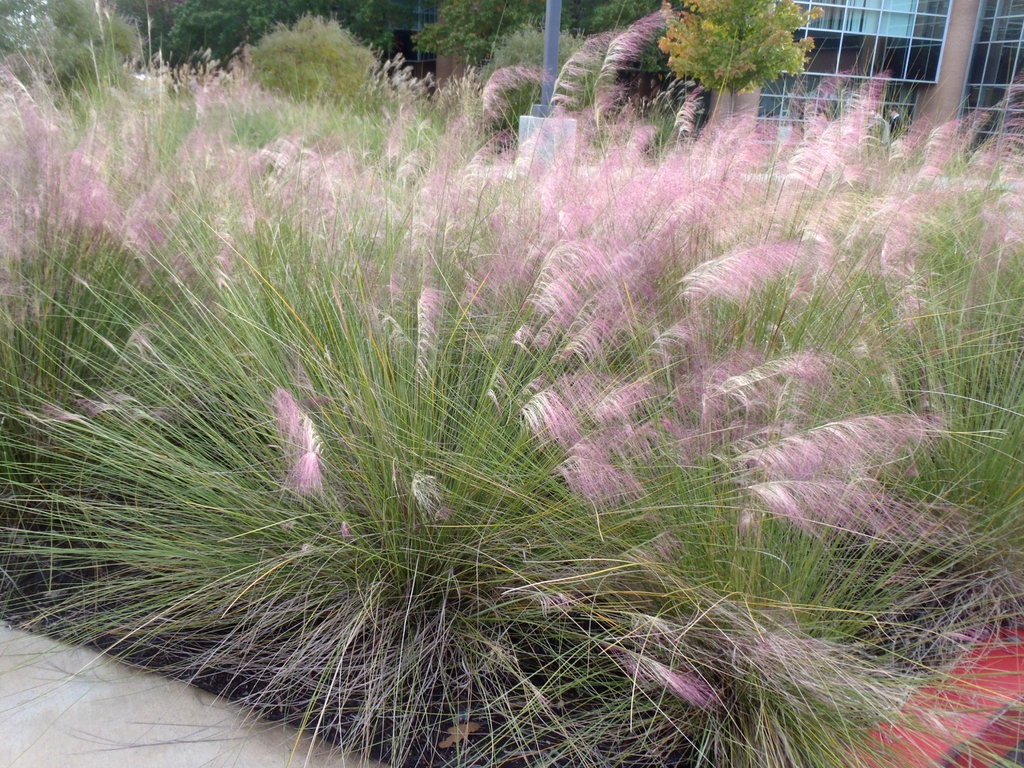Ornamental Grasses in the Home Landscape
go.ncsu.edu/readext?664318
en Español / em Português
El inglés es el idioma de control de esta página. En la medida en que haya algún conflicto entre la traducción al inglés y la traducción, el inglés prevalece.
Al hacer clic en el enlace de traducción se activa un servicio de traducción gratuito para convertir la página al español. Al igual que con cualquier traducción por Internet, la conversión no es sensible al contexto y puede que no traduzca el texto en su significado original. NC State Extension no garantiza la exactitud del texto traducido. Por favor, tenga en cuenta que algunas aplicaciones y/o servicios pueden no funcionar como se espera cuando se traducen.
Português
Inglês é o idioma de controle desta página. Na medida que haja algum conflito entre o texto original em Inglês e a tradução, o Inglês prevalece.
Ao clicar no link de tradução, um serviço gratuito de tradução será ativado para converter a página para o Português. Como em qualquer tradução pela internet, a conversão não é sensivel ao contexto e pode não ocorrer a tradução para o significado orginal. O serviço de Extensão da Carolina do Norte (NC State Extension) não garante a exatidão do texto traduzido. Por favor, observe que algumas funções ou serviços podem não funcionar como esperado após a tradução.
English
English is the controlling language of this page. To the extent there is any conflict between the English text and the translation, English controls.
Clicking on the translation link activates a free translation service to convert the page to Spanish. As with any Internet translation, the conversion is not context-sensitive and may not translate the text to its original meaning. NC State Extension does not guarantee the accuracy of the translated text. Please note that some applications and/or services may not function as expected when translated.
Collapse ▲Ornamental grasses are fast becoming a commonplace addition to landscape beds and along roadsides. Because of the graceful, arching foliage, colorful plumes, and many varieties that provide seasonal interest year-round, ornamental grasses can be used as a backdrop to accentuate a centerpiece plant; however, if plumes are colorful, they may also be used as centerpiece plants in any landscape. The relative low-maintenance and ease of establishment make ornamental grasses an excellent addition to the home garden.

Pink Muhly Grass
Jim Robbins CC BY-NC-ND 4.0
Benefits of ornamental grasses
Aside from their attractiveness, there are many other benefits to ornamental grasses in the home landscape. Insect and disease pressure can be a limiting factor when considering certain plants for the Cape Fear Region. If you have trouble establishing plants because of soil or airborne plant diseases, ornamental grasses are an excellent choice. Many ornamental grasses are highly resistant to insect and disease pressure, and are tolerant to heat and drought, and can also withstand long periods of ground moisture. In fact, ornamental grasses are highly valuable if you have an area in your yard that stays wet for extended periods. Other than some general maintenance in the winter, ornamental grasses require very little pruning and upkeep, so are ideal if you are looking for a low-maintenance option for your landscape.
Many ornamental grasses are prized for their ability to stabilize sandy soils and provide nesting habitat and food source for wildlife. If you live near the beach or have very sandy soil, consider adding grasses. The fibrous root system stabilizes soil by tightly binding loose sand particles. Beach and dune erosion is a major concern in this region, and you can help protect our beaches by using ornamental native grasses like sea oats. Many of the native ornamental grasses will also provide nesting sites and food for birds, and are also a commonly-used food source for butterfly caterpillars.
What varieties are available?
There are many ornamental grasses available, and they come in all shapes, sizes, and colors. One that is growing in popularity because of its versatility in the landscape is muhly grass (Muhlenbergia spp.). Available in pink or white, muhly grass is a perennial grass that adds a delicate touch of color in the fall when the blooms make their appearance. Another grass that makes for an attractive addition to the landscape is Little Bluestem (Schizachyrium scoparium). This grass prefers full sun, and is known for its bluish stems and leaves in the summer. In the fall, leaves and stems will turn a copper or bronze color that will persist throughout the winter. River Oats (Chasmanthium latifoium) can make a wonderful addition to an area. This plant is 2-4 feet in height, with large conspicuous drooping seed heads that turn ivory in mid-summer.
Establishment and Maintenance
Just as with any other plant, proper soil conditioning and maintenance are vital for the establishment of your ornamental grasses. Most grasses will need at least one inch of supplemental water in the first few weeks of establishment. If you have sandy soil, you will need to water more frequently. General fertilization recommendations include an 8-8-8 or 10-10-10 and should be applied in late spring. If you select ground cover grasses, 2-3 pounds of complete fertilizer is recommended per 100 sq. ft. of bed area. After establishment, ornamental grasses can be very low maintenance. Grasses should be cut back within 6-8 inches above the ground in late winter to ensure a healthy flush of growth in the spring.
Ornamental grasses offer a little bit of everything to a perennial garden bed. If you have areas in your garden where plants are hard to grow, consider adding hardy ornamental grasses. Because of the seasonal interest they provide and the multiple-use benefits, grasses can make a wonderful addition to any home landscape.



